Settling payments or recovering money, our Sumopayroll features keep it super smooth. Full & Final Settlements commonly known as the FnF process is the procedure required to be followed by the employer after the employee has resigned from his/her services. This procedure is fairly simple in Sumopayroll. Exit formalities in payrolls most frequently use pay periods. i.e., 1st – 30th / 31st of a month. Some organizations follow the payroll cycle as calendar month and while others follow their own specified pay cycle for their administrative convenience.
Depending on the businesses and their appointment contracts the settlements will be done for an employee.
Components that are part of Payroll Settlement
When an employee is leaving an organization, he/she has to get paid for last working month. This procedure of paying during the resignation process is called Final Settlement. It can be done on the last working payroll month or subsequent months. Either an employee can be settled first and then go ahead with the resignation or an employee can resign first and then move to the full and final settlement at a later date. It is prevalent to do so within 30-45 days after the employee leaves the organization.
Arrears refers to either pay that are overdue or payments that are to be made at the end of a period. An account is said to be in arrears after a service has been provided and completed, in which case, payment is expected to be made after the completion, not before. Arrears usually occur if the debt, liability, or obligation expected is overdue. Payment of Arrears occurs at the end of the period.
Cases where Arrears occur
- When an Organization has low funds to pay to their employees because of no revenue generation.
- When an employee leaves the organization in between the month due to personal reasons, change in job etc.
To explore Sumopayroll, Sign up!!









